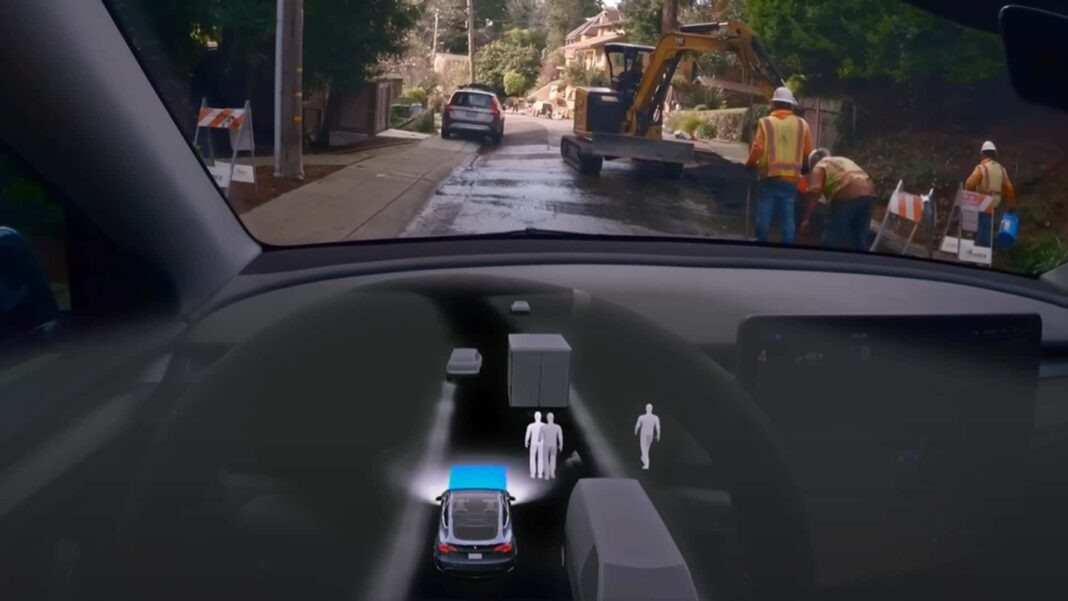
Tesla’s success has been a major impetus behind the push toward electric vehicles. But the brand has been angling itself toward another, even more transformational shift: autonomous driving. Elon Musk has been predicting Level 5 autonomy was just around the corner since at least 2016 — and that Tesla vehicles were ready with the necessary hardware.
Tesla has charged more than $5,000 for features called “Enhanced Autopilot” and “Full-Self Driving.” And Tesla went as far as unveiling a driverless “Cybercab” robotaxi — coming before 2027 — earlier this year.
Tesla’s techno-optimism and terminology around autonomous driving have engendered confusion; the natural reaction to terms like Autopilot and Full-Self Driving is to take them literally. Prospective Tesla buyers and even knowledgeable owners can be misinformed — potentially dangerously — about what the vehicle they are driving is capable of.
To clarify matters, here’s a comprehensive breakdown of what Tesla’s driver assistance systems can and can’t do.
What a Tesla Can Do
Level 2 Self-Driving: Tesla’s Autopilot with Full Self-Driving is a Level 2 system. That means the vehicle can control steering within a marked lane (Autosteer) and adapt the vehicle’s speed (Traffic-aware cruise control) simultaneously. Consumer Reports describes Tesla’s Autopilot system as “middle of the pack” compared to other manufacturers.
Automated Lane Changes: A Tesla can assess the traffic situation and change lanes. Drivers can confirm the lane change with a tap of the turn signal in the appropriate direction. Drivers can disengage the confirmations. Navigate on Autopilot can maneuver Tesla into the proper lane through interchanges to follow a navigation route.
Summoning: Some Teslas offer a Summon feature. This feature allows owners to move the vehicle backward and forward — think into and out of a garage — remotely with the key fob. Tesla also introduced an “Actual Smart Summon” feature that lets an owner call the vehicle to them or another specified GPS point. The owner must be within 200 feet to Summon and can’t do so on public roads or in public lots.
Automatic Parking: Tesla’s Autopark system can detect perpendicular and parallel parking spaces at low speeds and control the braking, shifting and steering to maneuver the vehicle into those spaces.
Active Safety Features: Tesla offers many active safety features typically provided by other manufacturers including Automatic Emergency Braking, Forward Collision Warning, Obstacle Aware Acceleration, Blindspot Monitoring and Lane Departure warnings.
What a Tesla Cannot Do
Drive Autonomously: No manufacturer has achieved Level 4 or Level 5 autonomy for road use. Tesla has not achieved Level 3 conditional autonomy like Mercedes-Benz’s DrivePilot system. A Tesla cannot drive itself. The driver must remain attentive at all times. Tesla now qualifies Autopilot and Full Self-Driving with a (Supervised) parenthetical on its website.
Hands-Free Driving: GM’s Super Cruise and Ford’s BlueCruise allow the driver to go hands-free. However, Tesla’s Level 2 system is a hands-on system that requires the driver to regain control immediately. Torque sensors confirm the driver’s hands are on the wheel or yoke.
Level 2 Driving on City Streets: Tesla does list Autosteer on City Streets as a feature of Full-Self Driving. But notably, its website provides no further explanation of what that means. Tesla’s Traffic Light and Stop Sign Control — still officially in Beta — requires the driver to initiate or confirm essential functions like proceeding through an intersection and turning.
Remote Parking: The Smart Summon feature can bring a Tesla to a specific location. However, a summoned Tesla cannot automatically find a parking space and maneuver into it without a driver behind the wheel.
When will a Tesla be able to drive autonomously?
The short answer: nobody knows yet. Musk threw out a timeline of before the end of 2026 for the first Cybercab. However, Tesla is renowned for failing to meet initial target timelines. And that sounds like previous vague announcements Musk has been making for nearly a decade.
Tesla is more bullish on the timeline for autonomous driving than other manufacturers. Very broadly, Tesla believes it can get there with extant cameras on the vehicle and AI learning. Other significant players are approaching the issue with sophisticated and expensive LiDAR scanners, which could present a cost issue and limit the technology’s utility.
The other issue affecting the timeline is regulation. Musk’s influence with the Trump administration could help hasten that timeline. For instance, having a national standard for autonomous driving would be easier than obtaining approval state-by-state. Musk presumably could advise on the goalposts Tesla would have to meet to achieve that national standard.

